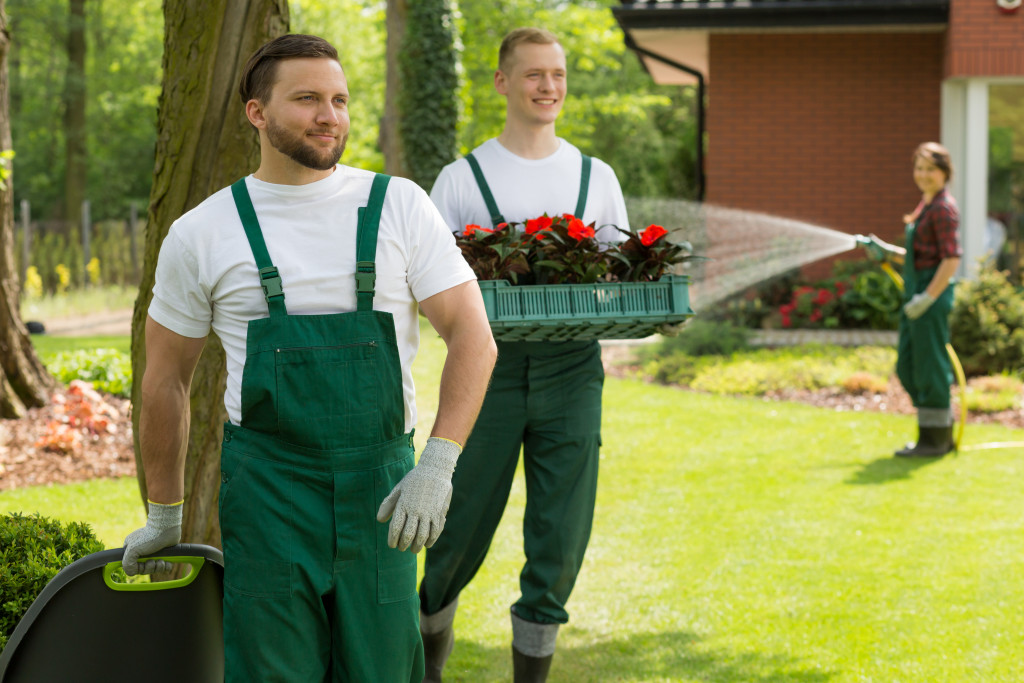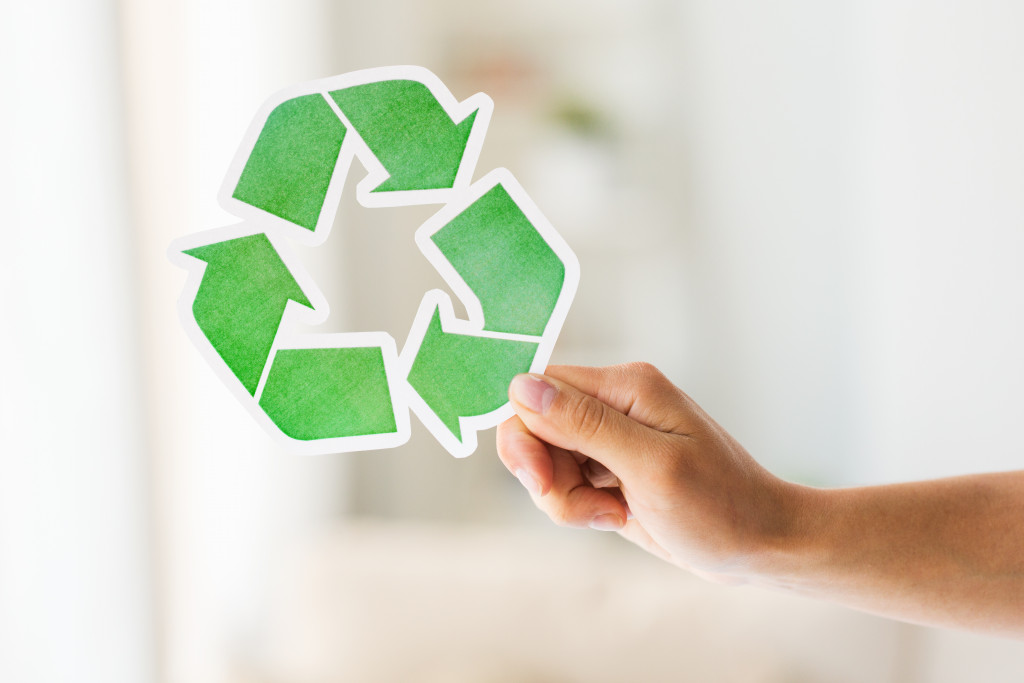- Nonprofits play a vital role in preserving local water systems through monitoring, advocacy, and public education.
- Encouraging individuals and corporations to conserve water and install efficient scale reduction systems can minimize environmental impact.
- Collaboration between nonprofits, leveraging technology, and creating shared platforms amplifies the effect of conservation efforts.
- Networking and marketing help expand the reach of nonprofits’ initiatives, attracting supporters and sponsors.
As everyone continues to rely on the planet’s increasingly fragile resources, it becomes more and more critical to protect them and ensure their future availability. And while government agencies work tirelessly to enforce environmental regulations and hold individuals and businesses accountable, there is still a long way to go. Nonprofits have emerged as powerful change agents, driving environmental progress and promoting sustainable practices. One key area where nonprofits can make a substantial impact is local water systems. Here are some tips.
Nonprofits Provide an Essential Watchdog Role

Environmental regulatory agencies tasked with protecting our water systems are often understaffed and underfunded. Nonprofits can bridge this gap by providing valuable watchdog services.
It is essential to monitor local water systems continually, identify potential problems early on, and hold polluters accountable. Nonprofits can apply pressure and influence policy changes where necessary to drive long-term improvements.
If possible, recruit and train local volunteers to monitor conditions on a regular basis. This can empower citizens to take an active role in preserving their unique water resources.
Encourage Individual and Corporate Responsibility
Water conservation is a critical issue that requires proactive engagement from both individuals and businesses. They can encourage participation in community clean-up events and create partnerships with local businesses to implement eco-friendly policies and practices. Here are some specific strategies to try:
Advocate for Stronger Laws
A significant contribution that nonprofits can make is advocating for stronger environmental laws. Nonprofits have the power to influence regulations and make sure that industries adhere to environmental standards. They can also participate in the development of laws that promote responsible water use, effective water management, and better protections for our water systems.
Build Public Awareness
Nonprofits can help build public awareness around environmental threats and water-related issues and promote community engagement. Through social media campaigns, educational workshops, community events, and public outreach efforts, nonprofits can reach out to a broader audience and create a ripple effect of change across communities and society.
Encourage The Use of Scale Reduction Systems
Limescale build-up is a common problem in water pipes and has been linked to numerous health issues. Nonprofits can educate people on the importance of installing an efficient scale reduction system, such as a reverse osmosis filter, to reduce lime scale deposits that weaken plumbing systems and damage fragile ecosystems. Nonprofit organizations can also encourage their use by collaborating with local businesses.
Collaborate with Other Nonprofits
Collaboration is vital for achieving significant change on environmental issues, and nonprofits can work together to form strategic partnerships and maximize impact. Nonprofits can work together to identify common goals and use each other’s strengths to achieve shared objectives. Here are some ideas:
Leveraging Technology

Nonprofits can harness the power of technology to aid their environmental conservation efforts. By using digital tools and platforms, organizations can track and monitor water quality, report pollution incidents, and collect crucial data. Technology can also be utilized to educate the public and stakeholders about water conservation through interactive applications and online resources.
Creating a Shared Platform
A shared platform can greatly enhance the efficiency and effectiveness of water conservation efforts. Nonprofits can create this shared platform to distribute important environmental information, facilitate collaboration between different stakeholders, and consolidate resources. This approach enables organizations to share best practices, pool resources, and coordinate efforts, thereby amplifying their collective impact.
Networking & Marketing
Networking and marketing are crucial elements in expanding the reach of a nonprofit’s initiatives. Building relationships with other organizations, government agencies, and private sectors can open doors for collaboration and sponsorship opportunities. Equally important is utilizing marketing strategies to raise public awareness about water conservation, mobilize supporters, and attract donors. This includes leveraging traditional media outlets, social media platforms, and community outreach programs to spread their message and engage with a larger audience.
If you are passionate about environmental issues, there are many ways you can get involved and make a difference, even if you are not part of a nonprofit organization. By advocating for stronger laws, building public awareness, and encouraging individual and corporate responsibility, you can help protect your community’s water resources. Working together is essential, and if you collaborate and support each other’s efforts, you can achieve lasting change and create a world where natural resources are protected and conserved for generations to come.


